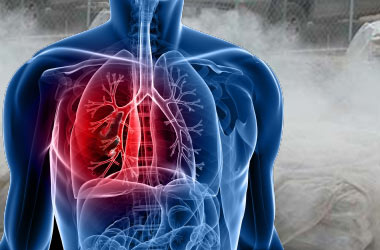It might not sound like a common risk, but it is estimated that there are currently around 800 lung cancer deaths per year due to long-term exposure to silica dust at work.
Inhaling silica dust can also cause silicosis, which is an irreversible lung disease that can take years to develop and can end in a painful death.
It’s caused by fine particles of silica which damage and inflames the lungs and leads to the formation of scar tissue (fibrosis).
Controlling the dust, which is produced when cutting, blasting or drilling granite, sandstone, slate, brick or concrete, is straightforward using exhaust ventilated tools or ones that have their own water supply. All too often when visiting sites that produce and attempt to control this risk our advisors find the RPE is the first and often only control measure in effect. In many cases the level of RPE protection falls woefully short of the expected FFP3 levels. As is the cases with any PPE/RPE, its provision and use should be the last resort. Any other measures that can be applied that eliminate the production, contain or reduce its release by any other means should implemented and where a foreseeable risk of exposure remains RPE should also be used.
If you need further advice and guidance about this issue, please contact our safety advisors.











